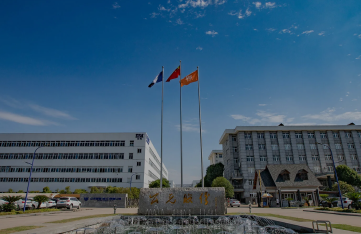HOT Products
-

 Valve
Valve
-

 PVC Pressure Pipe Fittings
PVC Pressure Pipe Fittings
-

 Pressure for Hot and Cold
Pressure for Hot and Cold
-

 PVC Rain Gutter Systems
PVC Rain Gutter Systems
-

 PVC Drainage Pipe Fittings
PVC Drainage Pipe Fittings
-

 Fire Protection
Fire Protection
-

 Electric Fusion
Electric Fusion
-

 Electric Conduits and Fittings
Electric Conduits and Fittings
-

 Electric Switch
Electric Switch
-

 Accessories
Accessories





























































































